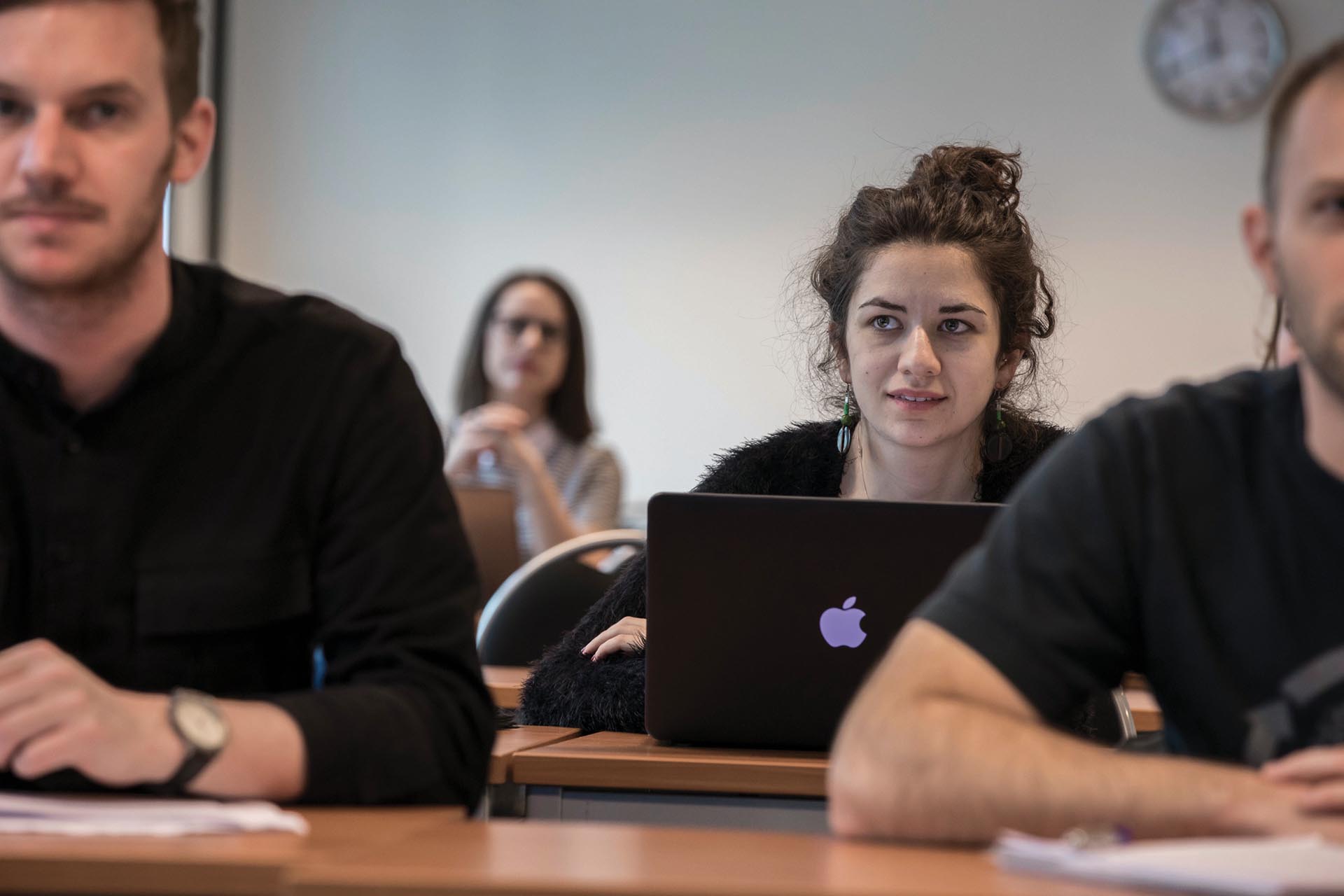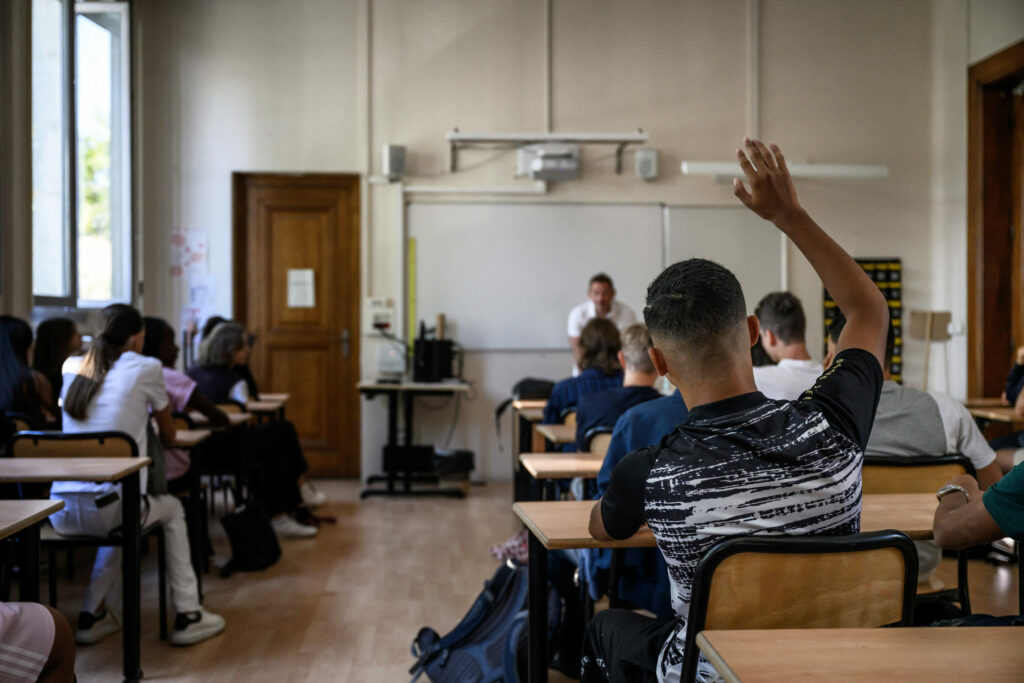Teachers across Europe are reporting a widespread challenge with students performing below expectations and shifting views on generative AI, according to the latest annual European Teacher Survey.
Across European countries, 40% of teachers stated that a large proportion of their students are performing below the expected level. This is especially prevalent in primary education, and most noticeable in Spain, where 80% of teachers say many or most of their students are underperforming.
"Teachers are eager for more guidance to effectively navigate these changes. We welcome an even closer collaboration between educators, policymakers and learning companies to address these needs," said Cristina Taroiu, Chief Strategy Officer at Sanoma Learning.
The majority of teachers believe that access to high-quality learning materials and teacher-led tutoring are essential in addressing underperformance and improving learning outcomes.
AI does not benefit pupils
The survey also shows that 55% of teachers believe AI tools can improve their personal productivity and save time – up from 47% in 2023. However, only 14% believe that students in the future will reach better learning outcomes with the help of AI (a decrease from 17% in 2023).
"Interestingly, in the markets where teachers most frequently use AI tools, there is an increase in belief that AI can save time but a decrease in belief that it supports learning outcomes," said Oleg Sokolov, Strategic Lead for Data & AI at Sanoma Learning.
According to him, this may point towards an experience where general AI tools have limited use as they are not connected to their chosen learning content or tailored to support their pedagogical work. "This is a good challenge for us, as a European-wide learning company, on how to deliver a safer and more trustworthy environment where teachers can explore embedded AI tools with blended learning content and pedagogical learning platforms."
Overall, most teachers (71%) continue to be concerned about the risks of AI for the quality of education – a relatively stable level over the last years. The majority stressed the importance of publishers in ensuring the provision of high-quality learning materials.

Credit: Belga
Furthermore, an overwhelming majority (about 90%) of teachers believe that a balanced approach integrating both print and digital materials supports the best learning outcomes. Within this blended learning approach, 82% agree that digital learning tools can be particularly beneficial for students with cognitive needs like dyslexia, attention deficit disorders, and epilepsy.
As the percentage of teachers using digital content is slowly increasing, teachers continue to appreciate printed learning materials – textbooks and workbooks. Particularly (but not only) in the Nordic countries, teachers increasingly recognise the role of printed learning materials.
In this year's survey, for example, 66% of Swedish secondary teachers agreed that learning materials should be print-first in the future – which is a significant increase from 55% in the 2021 survey. For Finnish secondary teachers, there was a similar increase from 41% to 65%.
The survey was conducted by Sanoma Learning, a leading K12 European learning company aimed at supporting teachers, and questioned nearly 7,000 teachers in primary, secondary and vocational education.

